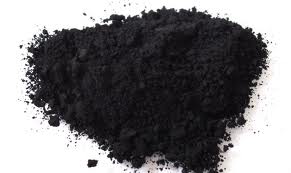Study: Carbon in Particulate Matter Air Pollution Kills
Carbon soot found in Particulate Matter air pollution is responsible for increasing death risks in US cities according to a new nationwide study conducted by John Hopkins, Yale and Harvard.
“Our work indicates that some constituents of PM2.5 may be more toxic than others and therefore regulating PM total mass alone may not be sufficient to protect human health,” the authors wrote in Environmental Health Perspectives.
Figuring out which ingredients are the most dangerous could help local air pollution agencies hone in on certain sources, making regulations more targeted.
“By identifying PM2.5 constituents that are more toxic, we can move towards developing source-specific air pollution regulation that may be more effective at protecting public health,” the authors wrote.
The study included data from 72 American cities, but that data was limited in a way familiar to downwinders – PM monitors often only took measurements every 6th day.
Particulate Matter, or PM, are microscopic leftovers of combustion that you can not only breathe, but also absorb into your blood stream. PM pollution has been linked to an increasing number of health effects, including asthma, heart attacks, strokes, and immune and brain disorders. Many scientists identifying these effects have concluded there probably isn't a "safe" level of exposure to PM – that any amount is capable of doing some kind of short or long-term harm.
PM pollution comes out of everything that burns something – fires, boilers, furnaces, and internal combustion engines. Locally, cars and trucks, the Midlothian cement plants, and the natural gas industry are the largest sources of industrial PM.

